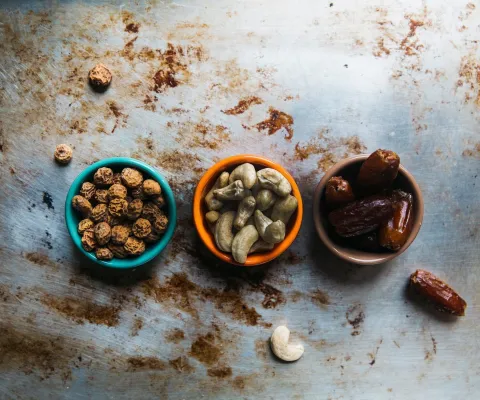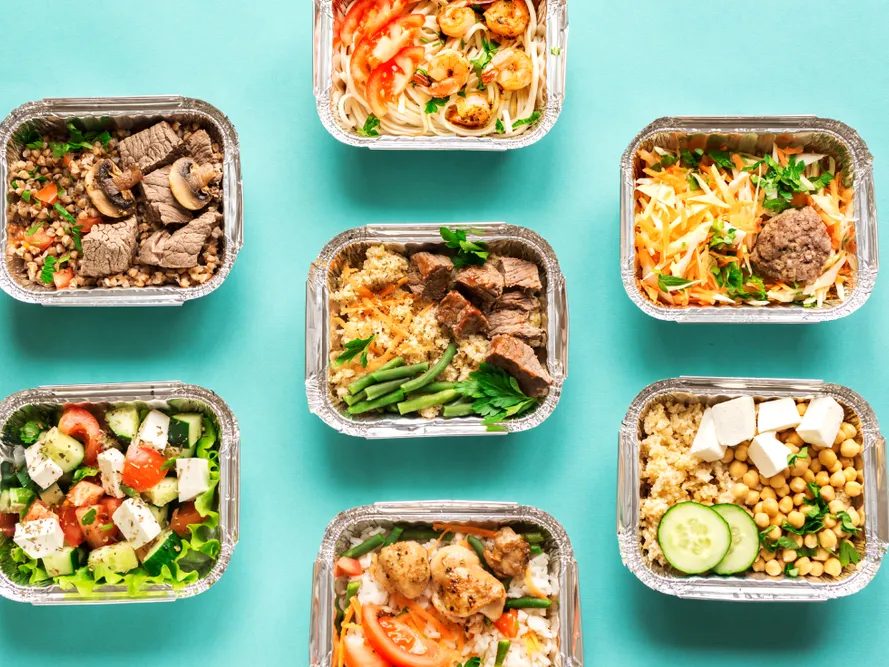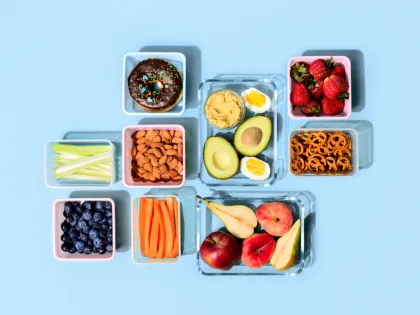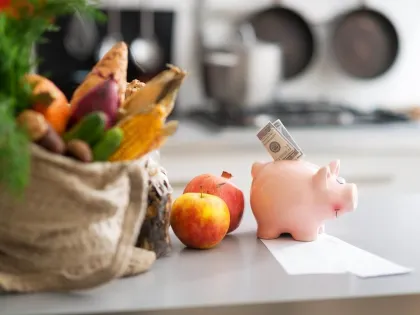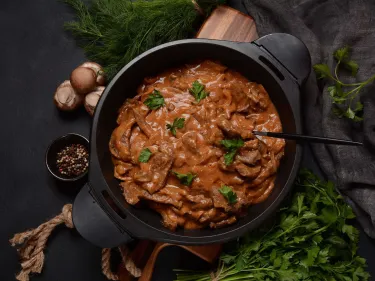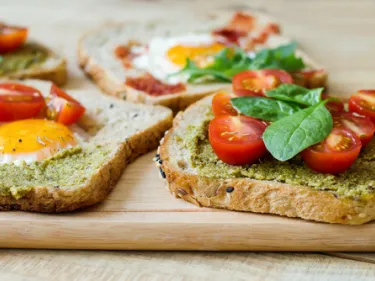Planning meals can make healthy eating easier. Not everyone has the time, and money to prepare a whole week’s worth of food ahead of time. The good news is that meal planning and preparation doesn’t have to mean bulk cooking all your meals. We’ve included different ideas to plan and prep meals, to help make it easier (and faster) to eat healthy and save money and time:
Plan it out
When you’re hungry, or others are hungry and waiting for dinner, it can be hard to decide what to cook.
Taking a few minutes to plan meals can help to:
- Save money
- Waste less food
- Feel more confident about what to cook
A meal plan doesn’t need to be for the whole week, a couple of meals or days is ok too! Think about what is realistic, like what equipment do you have? How busy are your days? How long do recipes take to prepare and cook? Are there leftovers that you can get from the freezer?
Write it down your weekly menu using our Meal Planner here.
Take inspiration from your pantry, fridge and freezer
Before heading to the shops, check your pantry, fridge or freezer. You might already have ingredients for a meal.
If you're searching for inspiration for easy to prepare recipes to add to your meal plan, check out our healthy, dietitian approved recipes here.
If you're still stuck, why not pick a theme for the week and find recipes that relate to the theme e.g., an Italian themed week.
Bulk cook meals ahead of time
If you have a couple of hours free, cook one to two meals ahead of time, and store them in the fridge or freezer. That way you only need to reheat, assemble or add a quick salad or side of veggies when you get home.
Here are some great recipes to cook ahead of time:
Healthy Easy as red lentil dahl Recipe
Healthy Pumpkin Mac N' Cheese Recipe
Cook once, eat twice
If you’re making a meal and can afford it, why not double the recipe? Freeze leftovers in single portion sizes for a quick reheated meal later.
Get one day ahead
If mornings are busy, try making lunch the night before. On days when you have more time, prep dinner ahead too. This can help people feel more relaxed through the week. At quieter times, spend some time planning or even preparing the next day’s meals.
Turn your kitchen into an assembly line - prep ingredients ahead of time
If you don’t like reheated meals, or you want to include more variety, prep ingredients instead. Think about the elements of a balanced meal. This looks like half a plate of vegetables, some lean protein, and some wholegrain carbohydrate at most meals. Ingredients that can be stored in the fridge for 2-3 days include
- Pre sliced and/or roasted vegetables
- Premade salad or washed greens
- Cooked chicken or boiled eggs
- Cooked grains such as rice or pasta
When it comes time to prepare your meals, build a balanced plate from the ingredients you have already prepared.
Finally, need some new food storage containers for your mew meal plan? These glass and silicone containers are a great plastic-free option. Plus they're microwave, freezer and dishwasher safe!
- Glass meal prep containers (5 pack)
- Silicone meal prep containers (3 pack)
Note: Some of the links on this page are affiliate links. This means that, at no additional cost to you, No Money No Time will earn a commission if you click through and make a purchase. This helps support the website's future.
